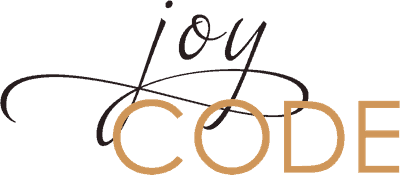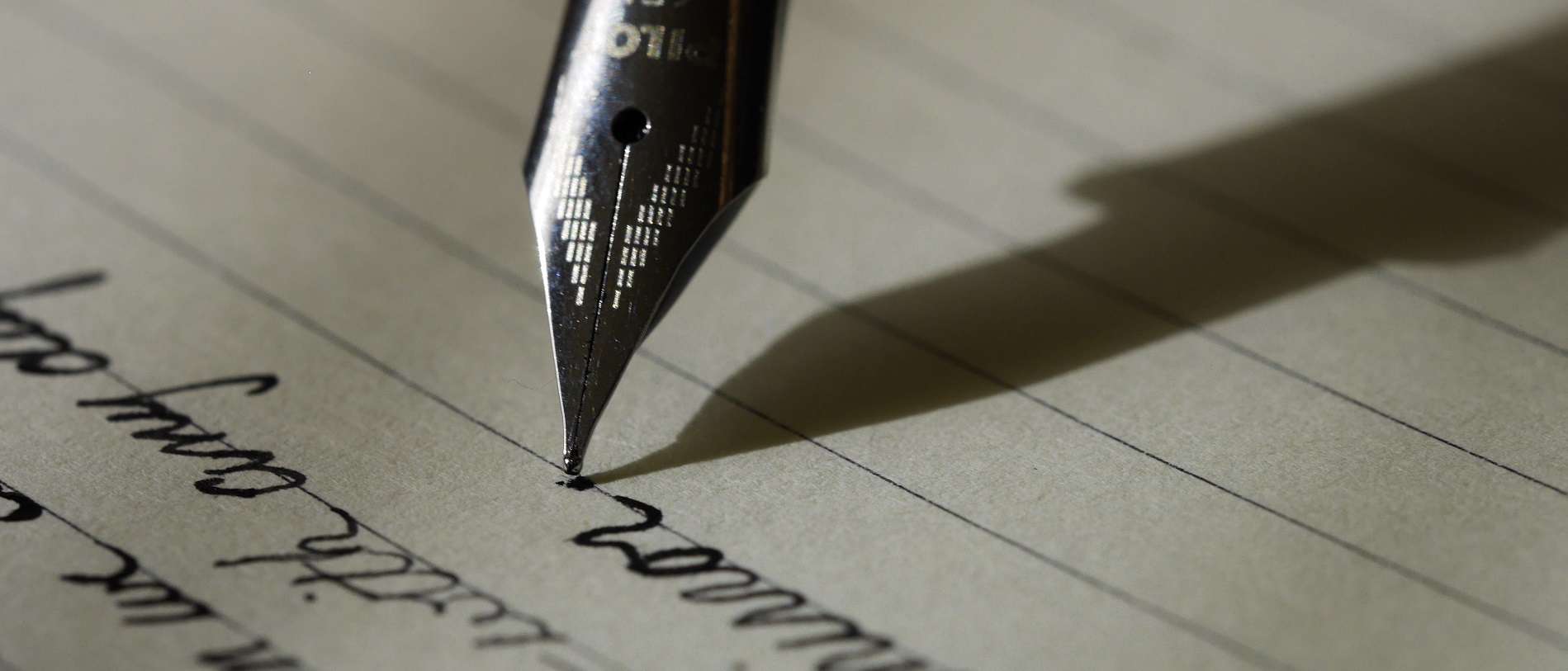I have been journaling on and off since my early twenties. I have used it as a tool for stress relief and insight. My journaling practice has been as valuable to my personal well-being and the evolution of my consciousness as meditation and in this article I’m going to teach you how to journal.
I employ two types of journaling practice: The first is called free-writing and the second is called contemplative journaling.
Free-writing is stream of consciousness writing. Many professional writer’s employ free-writing as a warm-up tool but I feel it is invaluable on its own. The purpose is, is that if you write long enough you will by-pass “thinking-mind,” or conditioned thought, and enter into a new and fresh perspective. Free-writing is therapeutic because you are able to dump all of the stress and mental chatter onto the page. During every class, there is at least one student who is astounded by her own depth and creativity and you will be too.
Here’s how you do it: Set the kitchen timer or your phone for 5 to 15 minutes (the longer the better) and write down the first thought, image, or feeling that comes into your head. If you don’t know what to write, write, “I don’t know what to write…” If you think the assignment is too meaningless, write, “This assignment is meaningless, it’s…” During class, I will give the students a sentence to use as a writing prompt. At home, take a book off the shelf, open it up randomly, and write down the first sentence you see. This will also help to get you started.
The most important aspects of free-writing are: write continuously, write exactly what comes into your mind no matter how absurd, and give yourself the freedom of misspelled words and poor grammar. The point is not to over think what you are writing, just write, just be free.
Shanti, Shalom, Peace!
Photo Credit: Aaron Burden

